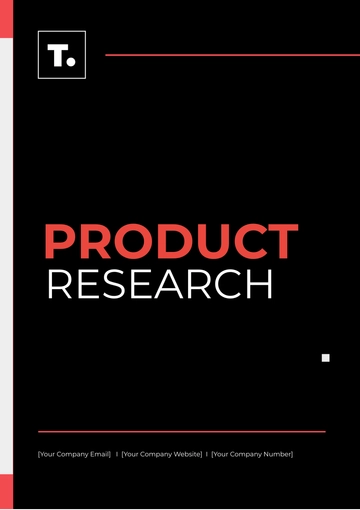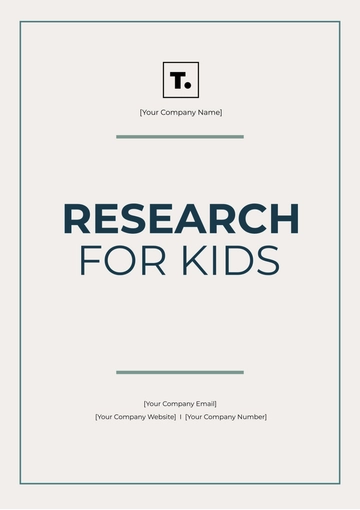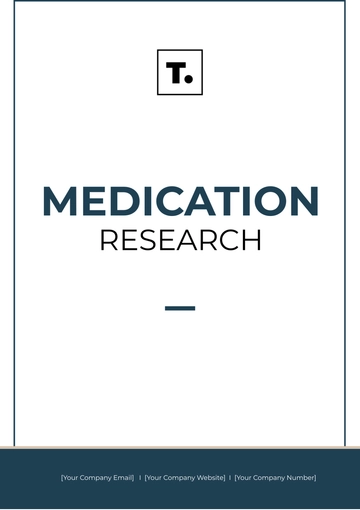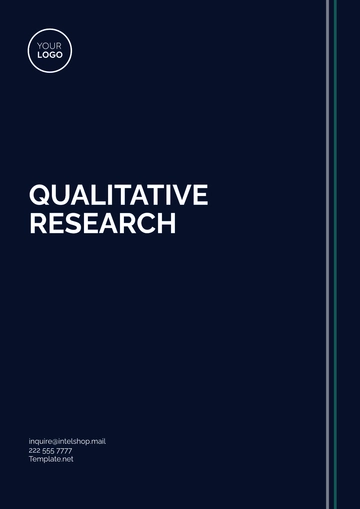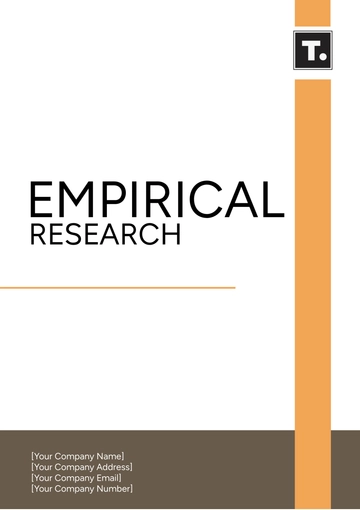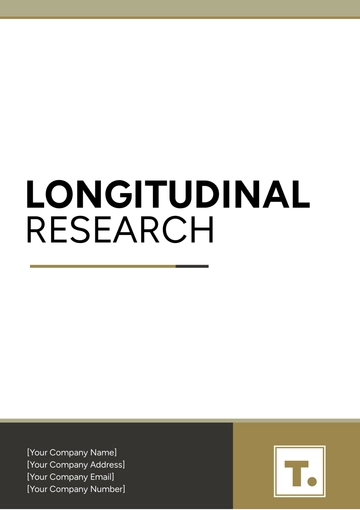Study Protocol
Name: | [Your Name] |
|---|
Company: | [Your Company Name] |
|---|
Department: | [Your Department] |
|---|
Date: | [Your Date] |
|---|
I. Objectives
The overarching aim of this epidemiological study is to explore and assess the prevalent factors associated with [Your Study Subject]. To aid in effective policymaking and planning, the study seeks to provide data-driven insights on trends, patterns, and anomalies associated with [Your Study Subject]. Specific objectives include:
To provide a thorough analysis of the distribution of [Your Study Subject] across the targeted population.
To delve into the determinants that influence the patterns associated with [Your Study Subject].
II. Protocol Overview
This study involves a systematic, phased approach to gather, analyze, and interpret data regarding [Your Study Subject]. It entails an exhaustive investigation into the magnitude, distribution, and determinants of health-related states or events in specific populations. The main components of the protocol are:
Formulating the research question
Population and sample selection
Data collection methods
Analytical and interpretative mechanisms
III. Procedure
Define the research question: The study will start by defining a clear research question, such as "What is the prevalence rate of [Your Study Subject] in [Your Selected Population]?"
Identify and select the population: The next step is to choose the population or [Your Study Subject] grouping that the study aims to represent. This may involve defining inclusion and exclusion criteria.
Sampling method: Determine the sampling method to be used (e.g., random sampling, stratified sampling) and calculate the sample size required for the study.
Data collection tools: Develop or select appropriate tools for data collection, such as surveys, questionnaires, or observation forms. Ensure that these tools are valid and reliable.
Data collection process: Implement the data collection process according to the defined protocol. Ensure that data collectors are trained and that the process is standardized to minimize bias.
Data management: Establish a system for managing and storing collected data, ensuring confidentiality and compliance with data protection regulations.
Data analysis: Analyze the collected data using appropriate statistical methods. Interpret the results to draw meaningful conclusions and identify trends or patterns.
IV. Data Collection
Data for the study will be gathered through surveys, existing records, or direct observation. The two main categories for data collection include:
Primary data: This includes information collected firsthand through surveys, interviews, or direct observation.
Secondary data: This refers to administrative data sourced from previously collected information or existing records.
V. Safety Considerations
To uphold the integrity of the study, we will adhere to the highest ethical standards in research. Safety considerations include:
Consent: Participants will be thoroughly briefed about the study, and their consent will be sought before initiation.
Confidentiality: Maintaining the confidentiality of individuals in the study is paramount, and information will be anonymized to uphold this.
VI. Expected Results
The study aims to provide comprehensive data on the prevalence and distribution of [Your Study Subject] in the selected population. We expect to uncover trends, correlations, and perhaps causal relationships which will be instrumental in informing the development of public health policies.
VII. Conclusion
The utility of empirical data in effective decision-making cannot be overstated. As such, the findings from the epidemiological study on [Your Study Subject] will provide a solid informational basis to guide policy framework developments for [Your Company Name].
Protocol Templates @ Template.net



